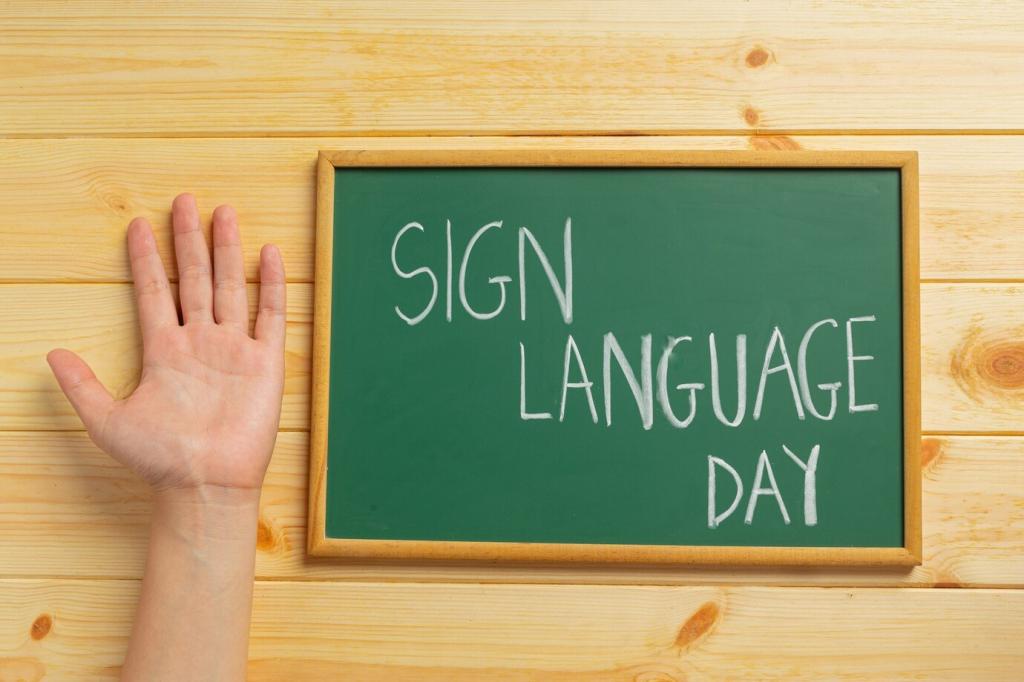
Exploring Spanish Grammar: From Clarity to Confidence
Chosen theme: Exploring Spanish Grammar. Step into a lively, story-rich journey through the rules, rhythms, and surprises of Spanish grammar so you can speak, write, and think with greater ease. Follow along, leave your examples, and subscribe for weekly grammar challenges and friendly tips.
Foundations First: Nouns, Gender, and Articles
Most nouns ending in -o are masculine and those ending in -a are feminine, yet la mano and el mapa love breaking expectations. Learn patterns like -ción and -dad being feminine, and craft personal mnemonics. Share your favorite oddballs and help others remember them, too!


Foundations First: Nouns, Gender, and Articles
Spanish articles carry more weight than in English. El café can mean coffee in general, not just a specific cup. Contrast el arte with un arte to sense subtlety. Tell us a moment when using the wrong article changed meaning—and how you fixed it next time.
Verbs at the Core: Ser, Estar, and Haber
Use ser for definitions, inherent traits, and origins: Soy profesora, Es alto, Somos de Perú. A traveler once said, “Ser gave me roots.” Practice with your bio: three sentences using ser that define who you are. Post them and invite feedback from fellow learners.
Estar embraces change and location: Estoy cansado, Estamos en casa, La puerta está abierta. A friend joked that estar is the verb for moods and maps. Write a mini-diary of today’s feelings and locations using estar, then ask readers to guess your day’s highlights.
Hay for there is/are makes scenes possible: Hay nubes sobre Madrid. As an auxiliary, haber builds perfect tenses: he comido, hemos llegado. Share a photo of your study setup, describe it with hay, and add one sentence in the present perfect about what you have learned today.

Navigating Tenses: Present, Past, and Beyond
Regular endings feel logical, but stem-changers like pensar and dormir keep things lively. Use the present for routines, headlines, and near future with ir a. Post three present-tense sentences about your morning, and a fourth predicting tonight using ir a for a confident twist.

Triggers You Can Trust
Verbs of desire, doubt, and emotion activate the subjunctive: Quiero que vengas, Dudo que funcione, Me alegra que estés aquí. Collect your personal trigger list and pin it to your desk. Share two real-life sentences you’d actually use this week, and invite corrections.
A Phrasebook for Real Conversations
Use ojalá for heartfelt hopes, cuando with future uncertainty, and aunque for contrasting possibilities. Build a micro-dialogue asking a friend to join you—if they can. Post your dialogue and ask readers whether they’d change the verb moods or keep the flexibility intact.
Common Pitfalls and Friendly Fixes
Forgetting subject changes, mixing tense and mood, or forcing the subjunctive where it’s not needed leads to confusion. Practice by comparing quiero ir vs. quiero que vayas. Share your most persistent mistake and the memory trick you’ll use next time to catch it early.
Pronouns in Motion: Direct, Indirect, and Se
Indirect before direct: me lo, te la, se los. With commands and infinitives, attach them: dímelo, hacerlo. Read aloud to feel the flow. Write three short requests to a friend using double object pronouns, then ask others to swap one pronoun and explain the change in nuance.
Pronouns in Motion: Direct, Indirect, and Se
In some regions, le replaces lo for masculine animate direct objects. Understanding this variation helps you listen respectfully and adapt. Share an example sentence using lo and another using le, and tell us which region you associate with each version and why.
Pronouns in Motion: Direct, Indirect, and Se
Se marks true reflexives, accidental actions, impersonal statements, and passive-like constructions. Think Se me olvidó as “it forgot itself from me.” Compose two sentences: one accidental with se me and one impersonal with se. Ask a partner to tweak them for authenticity.


Por, Para, and the Art of Connection
Para points forward: purpose, deadlines, recipients. Por looks around: cause, means, duration, exchange. Picture para as an arrow and por as a panorama. Share two sentences where you once hesitated between them, and let the community fine-tune your prepositional instincts.
Por, Para, and the Art of Connection
Prepositions like a, en, hacia, and desde nuance direction and anchoring. Combine them with connectors such as aunque and sin embargo to add contrast. Write a four-sentence mini-story moving through time and space, then ask readers which connector sharpened your message most.
Sound, Stress, and Signs: Writing What You Mean
Tú vs. tu, sí vs. si, más vs. mas—tiny marks, big differences. Stress rules help you predict accents and read confidently. Post three minimal pairs with accents that once confused you, and tell us the mnemonic that finally made each pair stick.
Join our mailing list
